Resistance bands for strength training are an effective tool because they provide progressive tension: the farther you stretch them, the heavier the load. Workout bands offer portable, versatile, and joint-friendly resistance—perfect for home workouts, travel, or as a gym add-on.
Resistance bands are great for targeting different muscle groups and can increase muscle activation. Yet, many lifters overlook their potential or buy low-quality bands that snap, roll, or lose tension.
Why Strength Train with Workout Bands?
Studies show that workout bands:
1. 30% Greater Muscle Activation
Studies show bands increase EMG activity by 20-30% vs. dumbbells in moves like squats and presses, thanks to variable tension.
2. Joint-Friendly Progressive Overload
Unlike static weights, bands reduce shear force on joints by 15% while matching strength gains . Ideal for post-injury training.
3. Portable Gym Replacement
A 2025 meta-analysis found bands matched 80% of hypertrophy results from machines for travelers/home lifter.
4 Best Band Types for Strength Training
1. Fabric Long Resistance Bands
Best for: Full-body workouts (squats, rows, presses).
Why: Non-slip fabric grips the skin better than latex, preventing roll-up during lifts. The fabric is also more durable, making it great for intense training.
Body Reapers pick: Long Resistance Bands with reinforced seams for heavy loads.

2. Loop Mini-Bands
Best for: Glute activation, rehab, and mobility drills.
Why: Targets stabilizer muscles that traditional lifts miss, like the glutes and quads. These bands offer smooth and consistent resistance.
Body Reapers pick: Hip Flexion Band with slip-resistant lining for squats and lunges.

3. Tube Bands with Handles
Best for: Pull-ups, curls, and rows.
Why: Handles improve grip for heavy pulls. Some come with ankle straps for leg work, making them versatile for upper and lower body exercises.
4. Superbands (Assistance Bands)
Best for: Pull-up assistance, deadlift lockouts, and stretching.
Why: Thicker latex offers 50-200 lbs of resistance for progressive overload. These bands are great for building strength and helping with difficult movements like pull-ups.
5 Must-Have Features to Look for in Resistance Bands
1. Anti-Snap Technology
Bands with inner ropes or braided layers (e.g., Body Reapers' bands) are more resistant to overstretching, ensuring durability over time.
2. Adjustable Resistance
Look for multi-band sets (light to heavy) to match your strength level. Bands should allow you to gradually increase resistance, helping you progress as your strength improves.
3. Non-Slip Grip
Latex bands can pinch skin, while fabric or dotted linings stay put, providing more comfort and better performance during exercises.
4. Portability
Bands often come with carrying cases, and Body Reapers best workout bands include storage pouches, making them easy to store and transport. They fit easily in a gym bag or luggage for workouts on the go.
5. Warranty
Look for brands that offer lifetime warranties, signaling durability. At Body Reapers, we offer 1-year replacements for any defective bands.
4 Best Band Types (2025 Evidence-Based Picks)

1. Fabric Long Bands
Best for: Deadlifts, rows, presses
Why? Non-slip fabric prevents roll-up and lasts 3x longer than latex.
Body Reapers’ Pick: Heavy-Duty Long Bands with anti-slip inner lining.
2. Loop Mini-Bands
Best for: Glute activation, rehab (e.g., rotator cuff)
Why? Target stabilizer muscles missed by barbells.
Body Reapers’ Pick: Hip Flexion Band with medical-grade resistance.
3. Superbands (50–200 lbs)
Best for: Pull-ups, deadlift lockouts
Why? Thick latex mimics up to 200 lbs of tension for strength plateaus
4. Tube Bands with Handles
Best for: Curls, triceps extensions
Why? Ergonomic handles reduce grip fatigue by 40% vs. loops.
Case Study: Banded Pull-Ups for Strength
A 2024 study found that lifters who used bands for assisted pull-ups gained 15% more strength over an 8-week period compared to those who only used traditional training methods. The study showed that bands could help build strength in hard-to-target muscles like the lats and shoulders, allowing for better pull-up progression.
Key Tips:
- Use a heavy band (100+ lbs resistance) to reduce load at the bottom of the pull-up.
- Control the eccentric (lowering) phase to maximize muscle tension, ensuring greater strength development.
Conclusion:
Incorporating workout bands for strength training into your routine is an efficient and effective way to elevate your performance. Bands provide versatile resistance, engage different muscle groups, and offer a joint-friendly alternative to heavy weights.
At Body Reapers, we offer high-quality resistance bands designed to meet your strength training goals. Whether you're using adjustable bands, loop bands, or heavy-duty resistance bands, our products help you target all muscle groups, enhance muscle growth, and increase overall strength.
Invest in high-quality bands and integrate them into your training regimen. You'll see better results in less time and take your strength training to the next level.
FAQs
1. Can I use workout bands for full-body workouts?
Yes, workout bands are versatile and can be used for both upper and lower body exercises. They are ideal for full-body strength training and mobility exercises..
2. What resistance bands are best for beginners?
Body Reapers Loop Bands are ideal for beginners as they offer light resistance while still providing muscle engagement..
3. How do I know what resistance level to use?
Start with a light resistance band and gradually increase the resistance as your strength improves. Bands should challenge you by the last few reps while maintaining good form.
4. Can workout bands help with muscle activation?
Yes, resistance bands are excellent for activating muscles, especially stabilizing muscles that might not be worked with traditional weightlifting. They’re great for warming up and targeting specific muscle groups like the glutes and shoulders
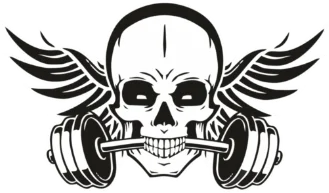
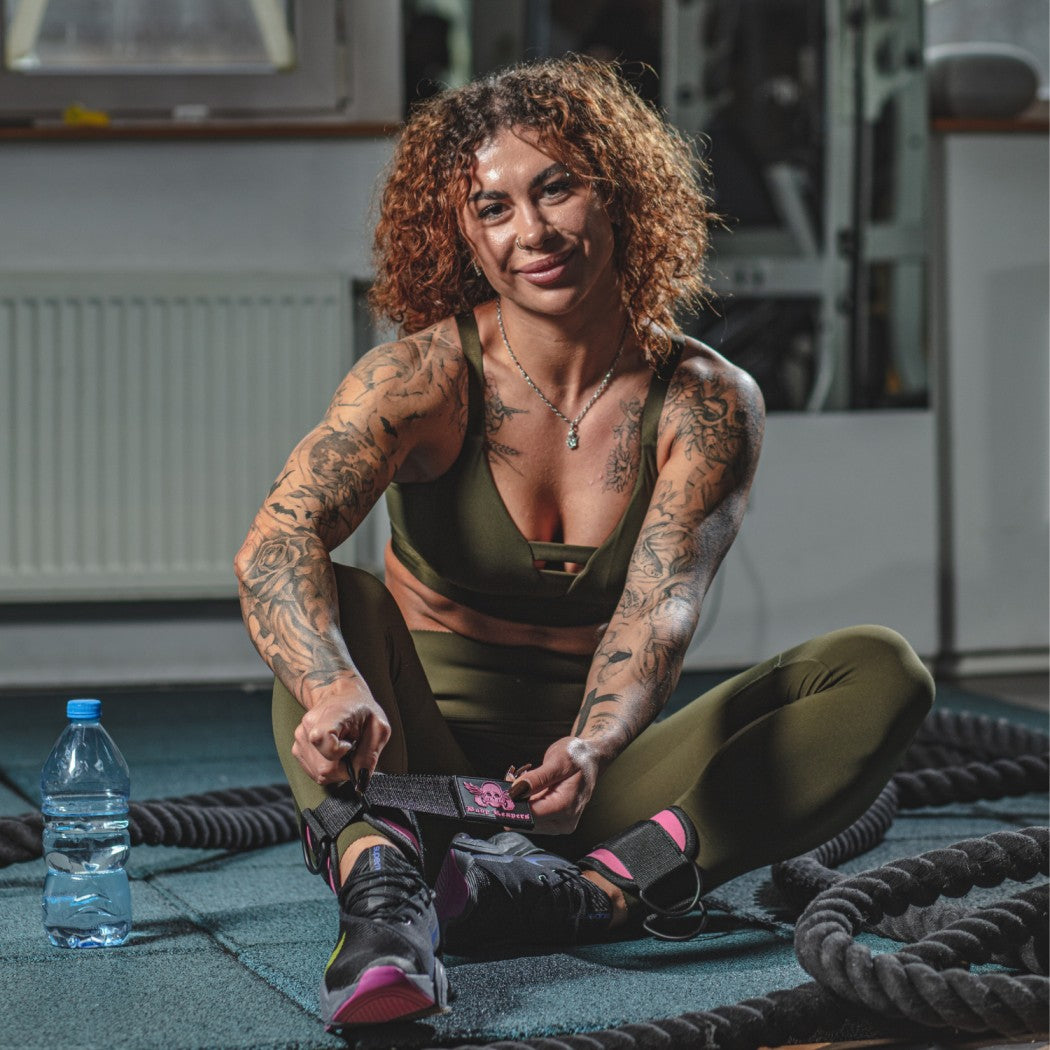
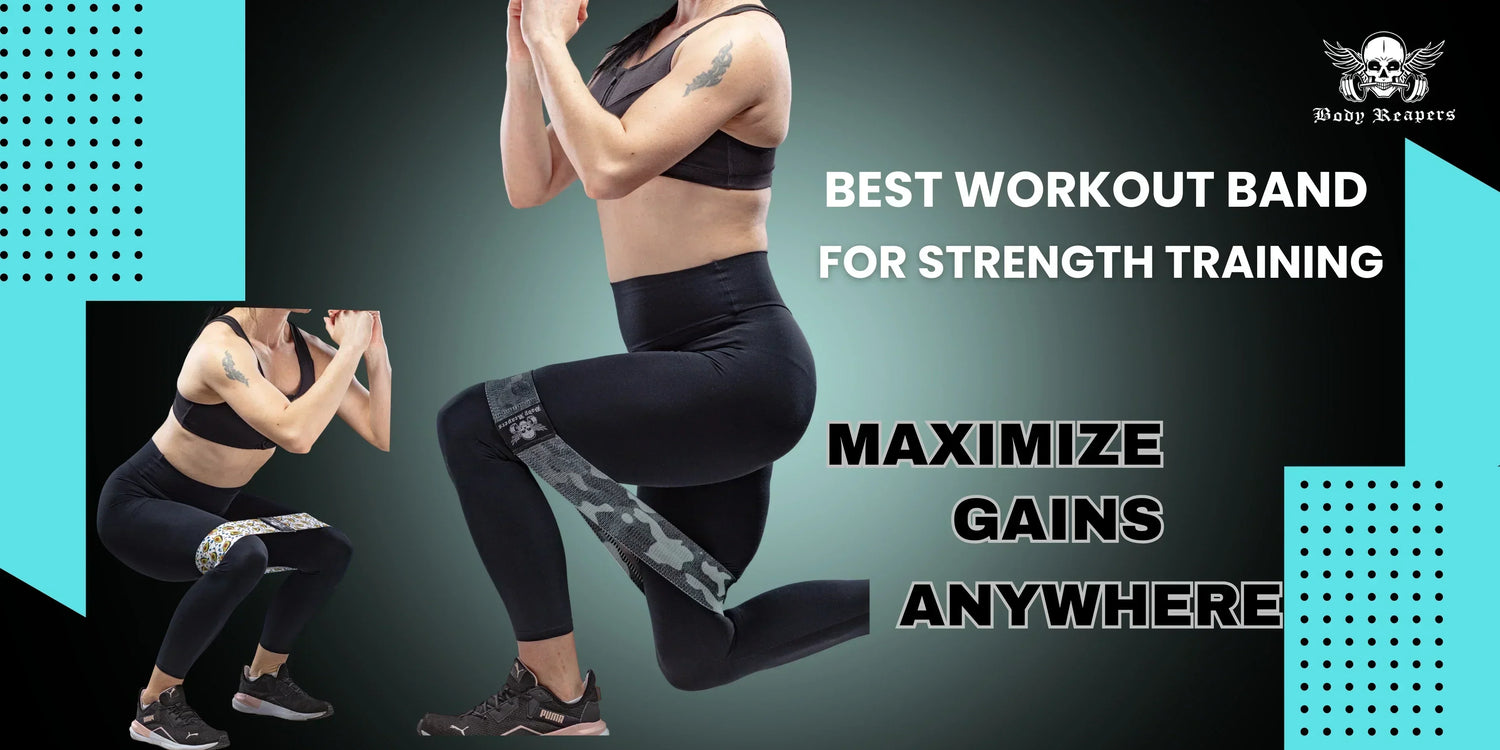
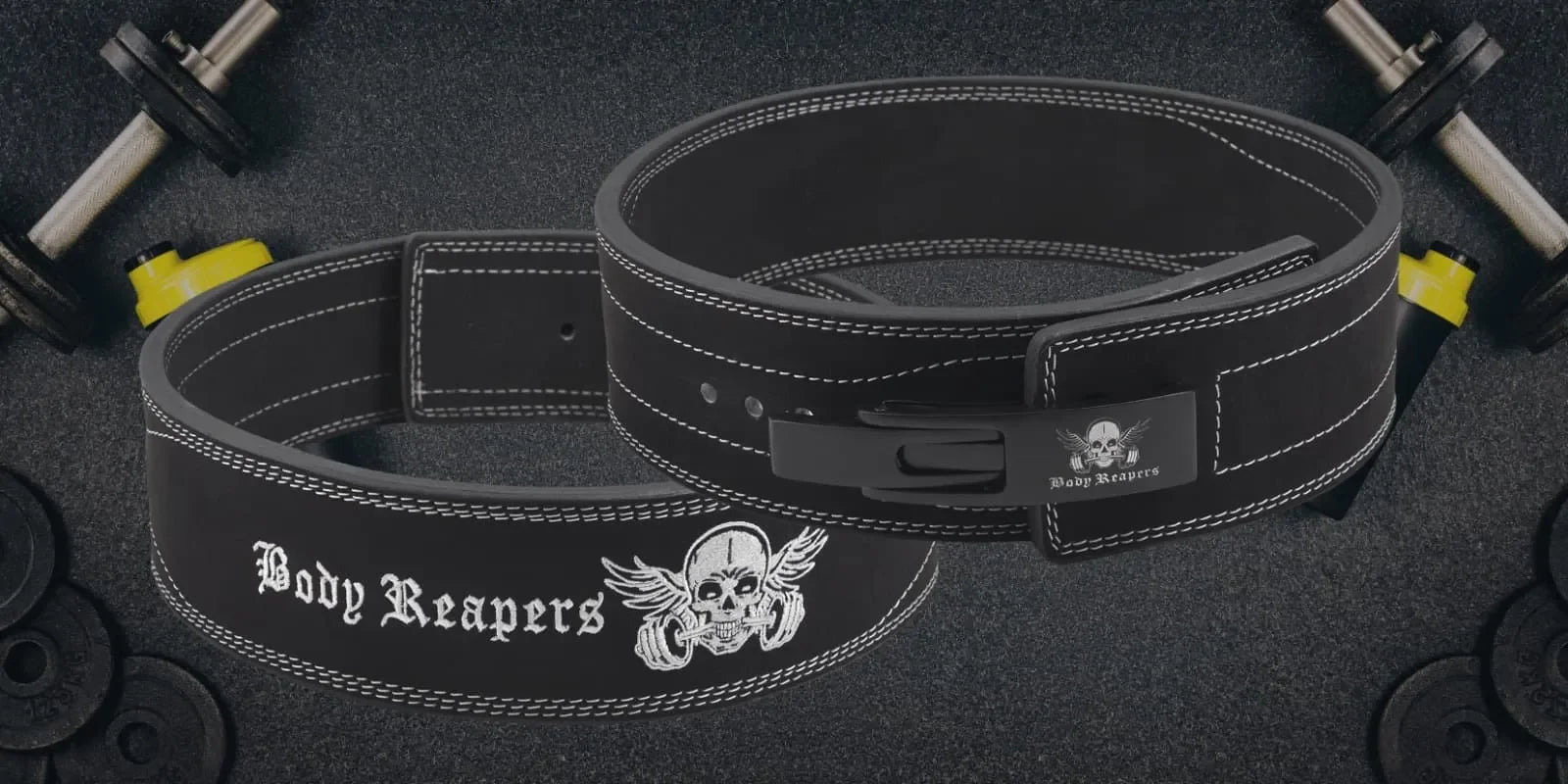
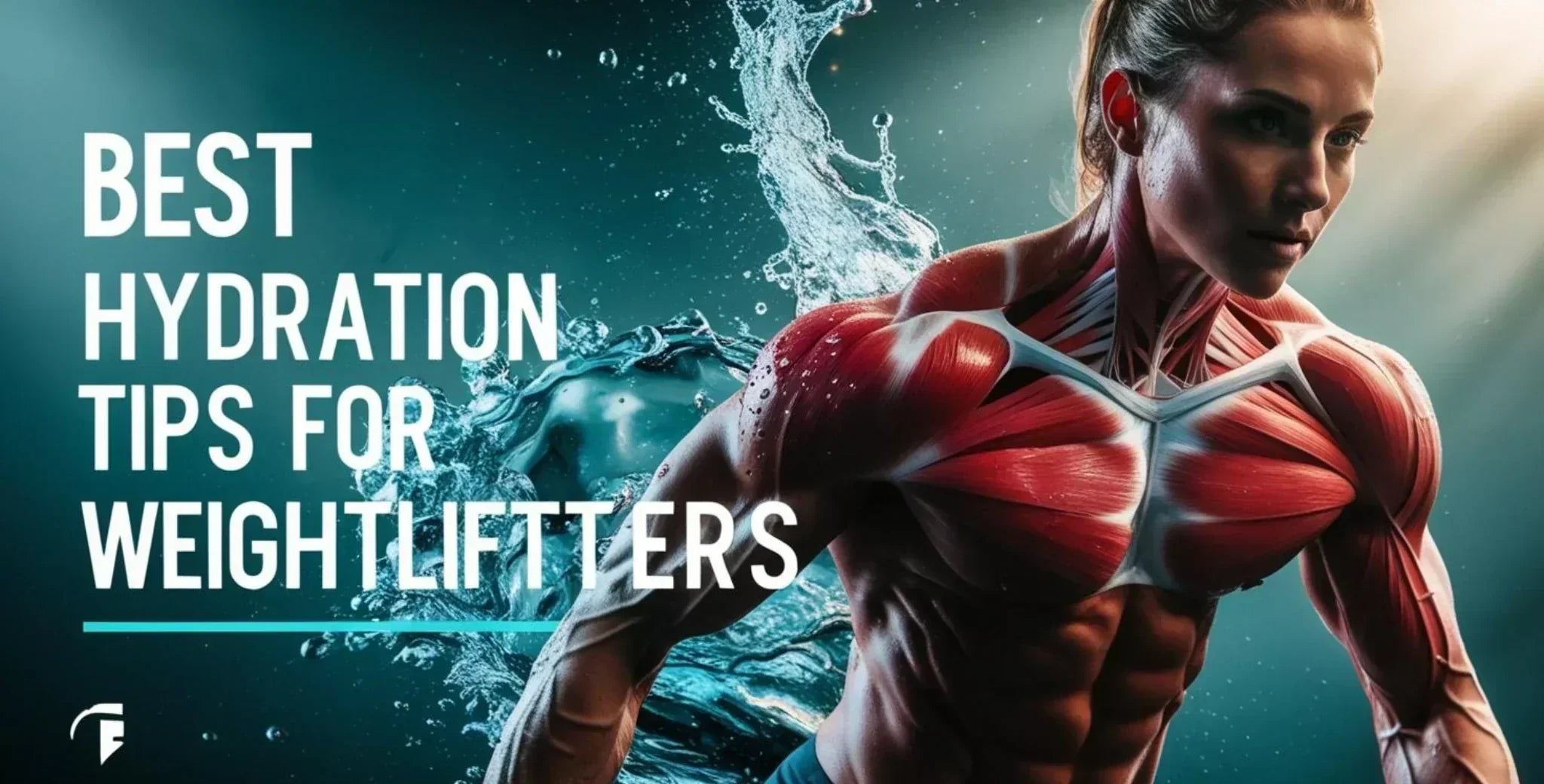
Leave a comment
This site is protected by hCaptcha and the hCaptcha Privacy Policy and Terms of Service apply.